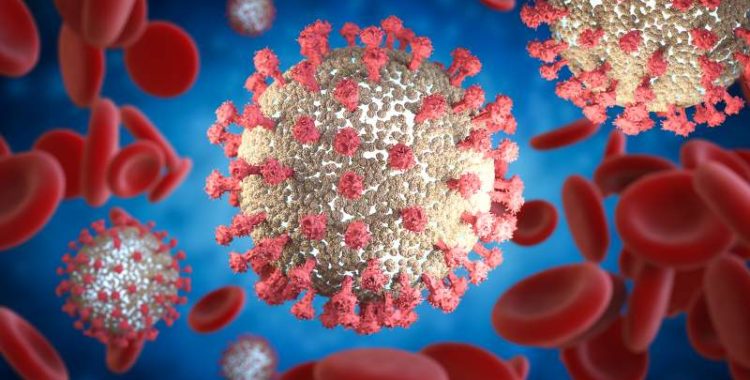2021 Update: COVID-19 OSHA Safety Guidance for Employers
On January 29, 2021, the Occupational Safety and Health Administration (OSHA) issued new guidance for employers on mitigating and preventing the spread of COVID-19 in the workplace. The OSH Act requires employers to provide “a safe and healthy workplace free from recognized hazards likely to cause death or serious harm.” The guidance is intended to help employers identify COVID-19 exposure risks and determine appropriate control measures for implementation in the workplace.
The guidance suggests that employers should engage with workers and their representatives to implement COVID-19 prevention programs in the workplace. These programs should assess potential hazards, provide for a combination of preventative measures limiting workplace spread of COVID-19, and protection from retaliation for workers who express concerns about COVID-19. To that end, OSHA recommends that employers implement the following measures:
- Assignment of a workplace coordinator to handle COVID-19 issues;
- Engaging workers to assess and identify workplace hazards for exposure to COVID-19;
- Separating and sending home any infected or potentially infected persons;
- Social distancing in all communal areas;
- Installing physical barriers in areas where distancing is difficult to maintain;
- Policies requiring face coverings and other applicable PPE to prevent exposure;
- Improved ventilation;
- Provision of supplies necessary for good hygiene;
- Routine cleaning and disinfecting of the workplace, including enhanced measures after confirmed or suspected cases of COVID-19;
- Additional protection for workers at a higher risk for severe illness (1);
- An effective communication system between the employer and employees which includes a method for reporting symptoms, possible events of exposure, and workplace hazards and guards against retaliation;
- Accessible education and training for employees which cover basic facts about COVID-19 and the spread of the illness, all related workplace policies and procedures, and workers’ rights to a safe and healthful workplace;
- Non-punitive absence policies for employees who have been infected or are potentially infected with COVID-19 (2);
- Compliance with state or local guidance for screening and testing;
- Recording and reporting COVID-19 infections and deaths;
- An anonymous procedure allowing employees to raise concerns about workplace risks associated with COVID-19; and
- Making a COVID-19 vaccine available to employees at no cost.
The guidance suggests adherence to CDC guidelines for isolation for workers who have confirmed or suspected cases of COVID-19, which provide that workers can return to the workplace after: (1) 10 days have passed since symptoms first appeared, (2) 24 hours have passed with no fever (without the assistance of medication), and (3) improvement of other symptoms. Workers may need to isolate for an extended period of time as recommended by their healthcare provider. Employers may require a doctor’s note from employees to verify their health and ability to return to work.
Employers should review their current COVID-19 workplace practices and use the recent OSHA guidance to create a comprehensive COVID-19 prevention program. Kuiper Law Firm, PLLC understands the importance of creating an OSHA compliant, safe work environment as employees return to the workplace. If you need assistance creating a formal COVID-19 prevention program for your business, do not hesitate to contact us.
The content of this publication and any attachments are an advertisement and are not intended to be and should not be relied upon as legal advice or to create a lawyer-client relationship.
______________________________________________
(1) Employers should keep in mind that in some cases, high risk workers may be entitled to these additional protections as reasonable accommodations under the ADA. For more information, see the third installment in our blog series covering Telecommuting Employees and COVID-19, which addresses the ADA.
(2) The Families First Coronavirus Response Act (FFCRA) provides for tax credit reimbursement for some employers who provide employees with paid sick leave or additional FMLA leave related to COVID-19. For more information, see our previous post covering the FFCRA here.

